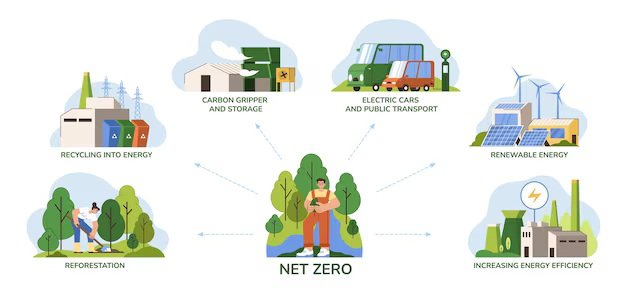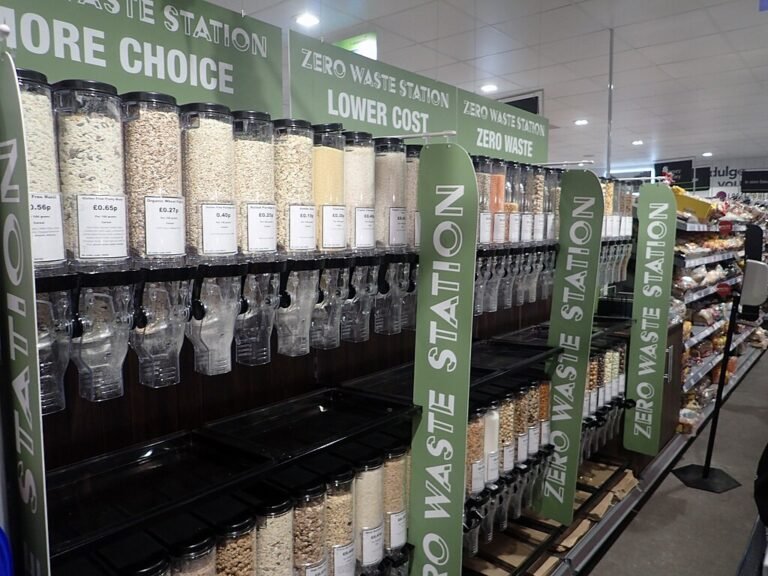What Is Lifecycle Analysis?
Lifecycle analysis—or life cycle assessment (LCA)—is a scientific method that traces the full environmental impacts of a product or service from raw‑material extraction all the way through production, distribution, use, and final disposal or recycling. According to ISO’s core standards 14040/44, an LCA compiles an inventory of energy, material inputs, and environmental releases at each stage, then assesses impact categories such as greenhouse gas emissions, water use, resource depletion, acidification, and eutrophication. In essence, by quantifying every input and output, it helps businesses, policy makers, and designers make better decisions grounded in fact. As described by a review article in ScienceDirect, LCA provides a holistic framework for evaluating environmental burden across a product’s life cycle.

How Real Companies and Experts Use LCA to Drive Change
Major brands have embraced LCA as a design and sustainability tool. A recent Nature study on advanced cooling methods in cloud infrastructure demonstrated that immersion cooling and cold plates can reduce data centre greenhouse gas emissions by 15–21 %, energy demand by 15–20 %, and water consumption by up to 52 %. One engineer at a data‑centre firm told researchers that “we never realised how much hidden impact came from cooling systems until LCA data showed it.” This discovery led them to pilot immersion cooling in one facility, cutting both operating costs and environmental footprint.
In the electronics sector, a March 2025 LCA published in Scientific Reports evaluated printed sensor technologies and identified silicon sensor chips as a hotspot for environmental impact. This drove a real‑world switch to alternative printed materials, which lowered overall impact by nearly 30 % in field trials.
At the national level, the U.S. National Renewable Energy Laboratory (NREL) reviewed and harmonised nearly 3,000 LCA studies on electricity generation. They found renewable sources such as wind, solar, and nuclear consistently have lifecycle greenhouse gas emissions hundreds of grams CO₂‑equivalent per kWh lower than fossil sources—often by 400–1,000 g CO₂e/kWh—and the harmonised data reduced variability across studies.
Lifecycle Analysis in Practice: Four Real‑World Case Studies
Below are concise case studies showing how LCA has driven practical decisions and measurable improvements:
| Case Study | Sector | Findings and Actions |
|---|---|---|
| Data centre cooling upgrade | Technology | Immersion cooling reduced GHG by 15–21 %, energy by 15–20 %, water use by up to 52 % |
| Printed electronics materials switch | Electronics | Avoided impact hotspot in silicon chips, switched materials, reduced lifecycle impact ~30 % |
| Electricity generation comparative LCA | Energy policy | NREL harmonised 3,000 LCA studies, showed renewables have far lower emissions than fossil fuels |
| Prospective LCA in emerging infrastructure design | Systems design | A June 2025 review highlighted pLCA methods guiding innovation before full deployment |
Researchers have also reviewed pLCA—prospective lifecycle analysis—which anticipates environmental impacts before full-scale deployment. The June 2025 review outlined best practices for pLCA to support innovation in sectors such as cleantech and new materials.
What Lifecycle Analysis Offers and How You Can Use It
Lifecycle analysis offers four core benefits when applied thoughtfully:
Lifecycle analysis shines by identifying environmental “hotspots”—that is, stages where most impact occurs—so that companies can target improvements rather than guessing. It supports innovation, as in the data centre example, design decisions informed by LCA deliver both cost and sustainability benefits. It offers credibility: quantified and ISO‑aligned LCA results can underpin Environmental Product Declarations and CSR claims, communicating real data rather than vague greenwashing. It supports policy and strategy: harmonised LCA data gives governments confidence in comparing technologies—e.g., renewables vs fossil fuels in energy planning.
To leverage LCA effectively, companies and organisations can take practical steps:
Begin with a clear goal and scope definition (ISO 14040 stage 1): decide whether you’re evaluating cradle‑to‑grave, cradle‑to‑cradle, or a partial lifecycle, and define functional units and system boundaries. Gather quality data: in the life cycle inventory phase (stage 2), collect energy, emissions, and material flows. Make use of available databases (e.g., Ecoinvent, industry data) and harmonised reviews like NREL’s to reduce uncertainty. Conduct impact assessment: In stage 3, translate raw inventory data into impact categories like global warming potential, water use, and toxicity. Then, in interpretation (stage 4), assess results critically, noting uncertainties, trade‑offs, and avoiding burden shifting—improving one stage shouldn’t worsen another.
Experts emphasise combining LCA with Life Cycle Management (LCM), turning assessment into continuous improvement rather than a one‑off measurement. A recent study shows this integration helps embed sustainability into ongoing operations and product development.
Actionable Advice
Think of LCA not as a theoretical analysis, but as a real‑world guide for change. To start:
- Set a clear goal: define what you’re measuring and why.
- Choose a functional unit (e.g. per kWh, per sensor unit, per product lifetime).
- Use reputable data sources and align with ISO 14040/44 standards.
- Focus on hotspots: let data guide where to redesign or switch materials.
- Review and refine: involve independent reviewers if you intend to publish or compare publicly.
- Turn the findings into real design changes: innovate on materials, processes, cooling, packaging, and transport.
- Communicate transparently: publish Environmental Product Declarations if valid.
- Revisit your analysis periodically as conditions, materials, or regulations evolve.
Lifecycle analysis is not an academic exercise—it’s a tool that, when applied with real data and real intention, leads to better products, lower emissions, smarter choices, and stronger credibility. As leading research and real corporate cases show, it’s the pathway from measurement to meaningful change.







